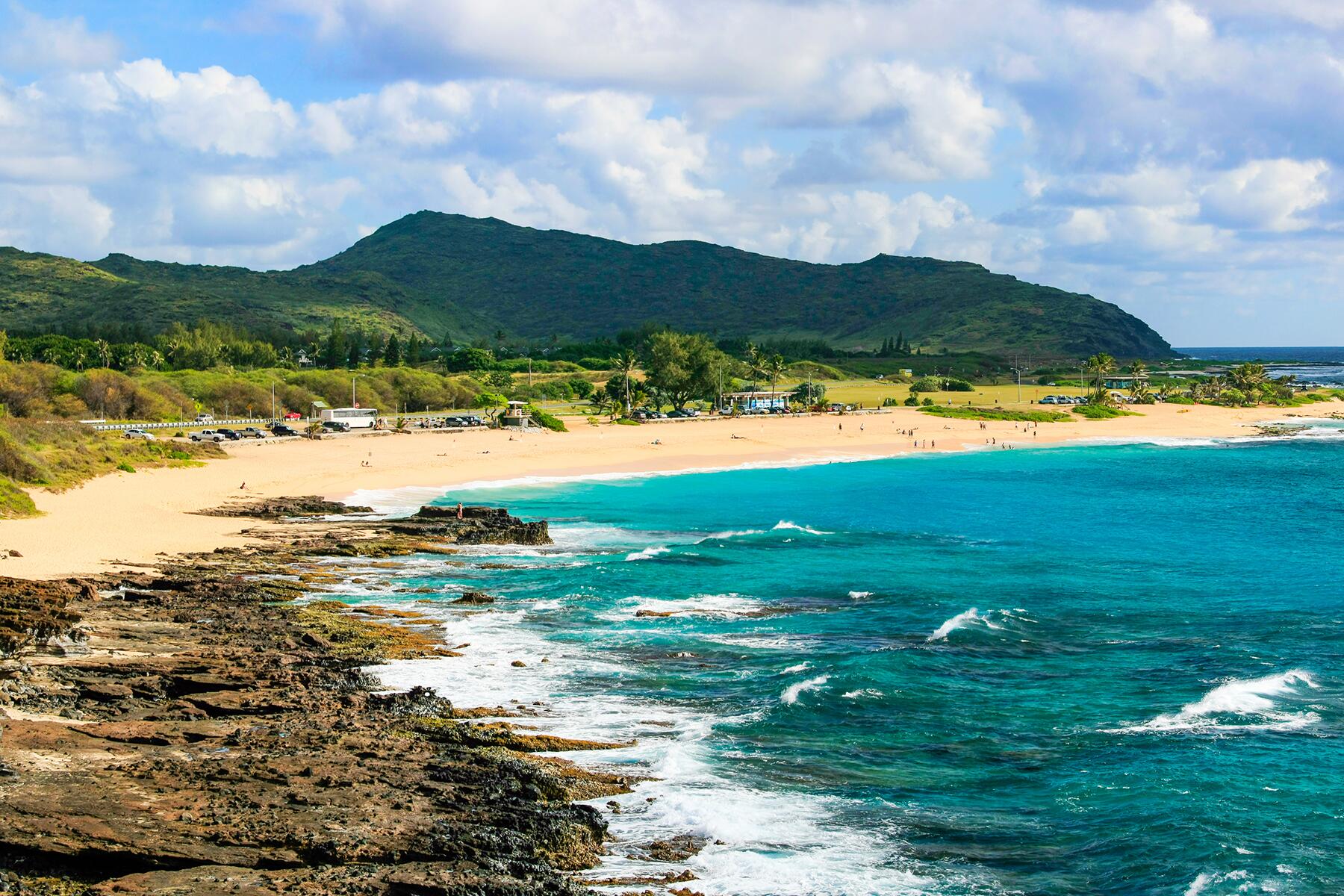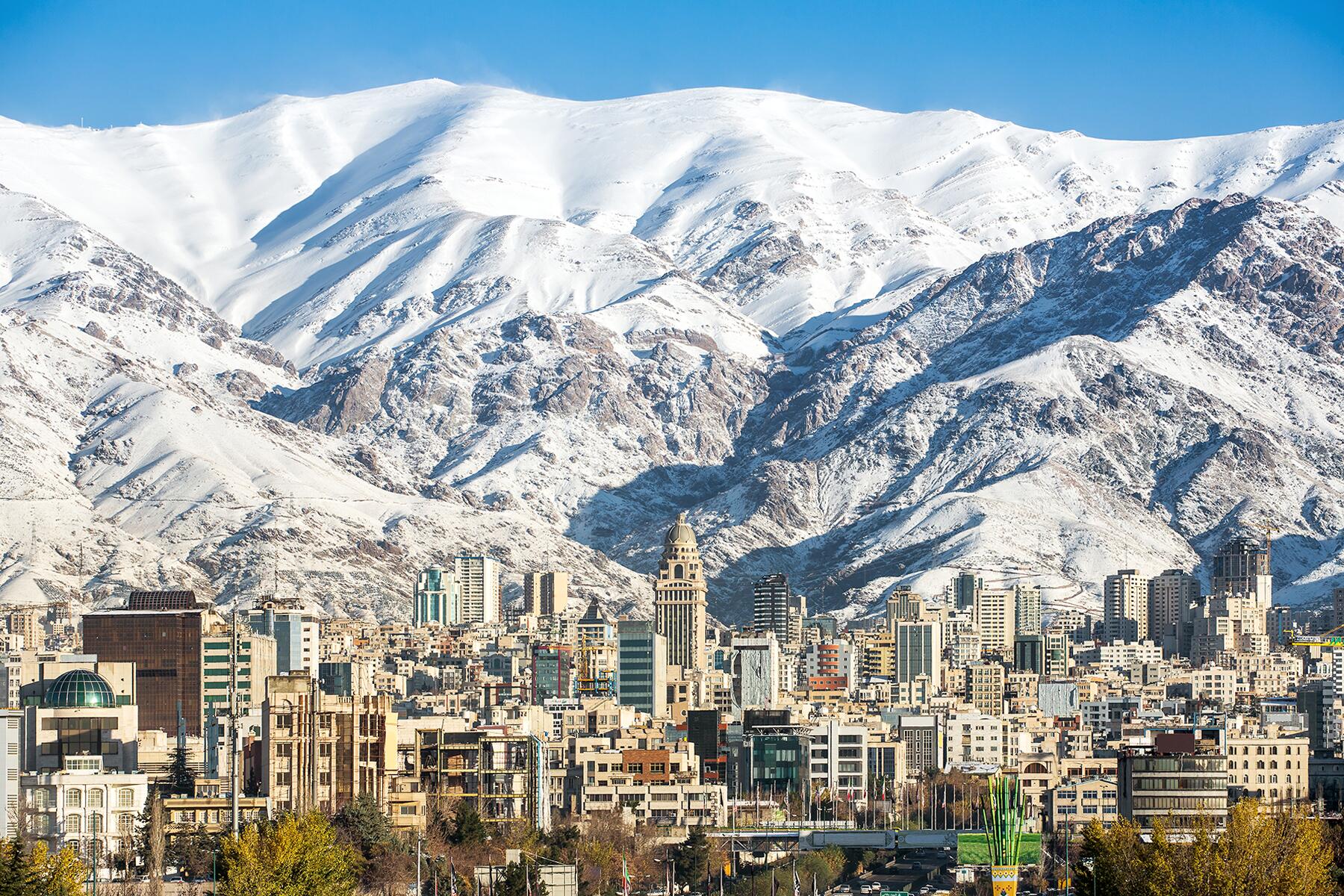Countries in the Pacific Ring of Fire are at most risk.
Around 750,000 people died due to earthquakes between 1998-2017. On average, 20,000 casualties are reported every year, but millions are affected by devastating tremors. Although there have made been advances in understanding fault lines and early warning sign systems, we still can’t predict when an earthquake will occur. To prepare for the worst, cities are building earthquake-resistant structures and countries are investing in disaster management. Yet the economic, social, and psychological damages that people suffer after earthquakes can be severe.
There are some countries that are more prone to earthquakes due to their location. Many of these have previously faced the wrath of the earth multiple times and had to rebuild from the ground up.
Related: 10 Major Cities That Were Completely Destroyed and Painstakingly Rebuilt





